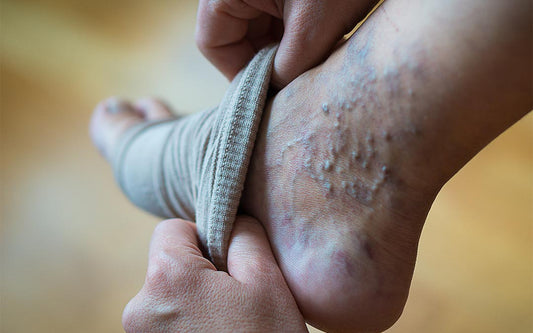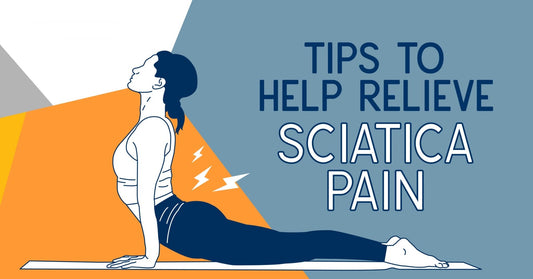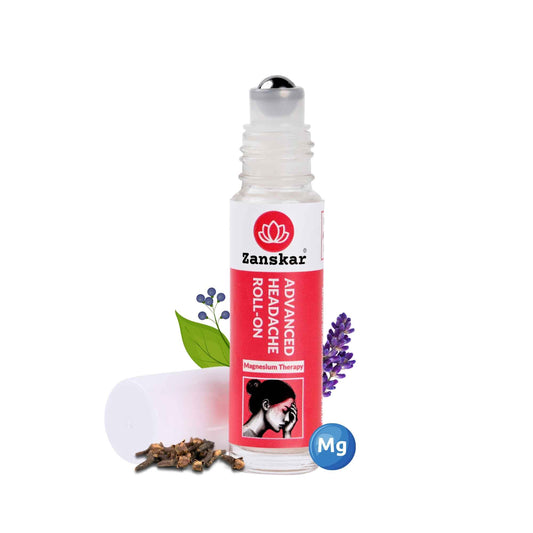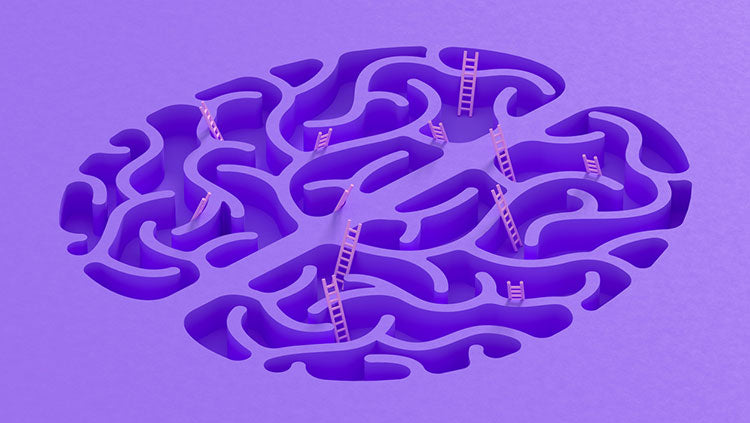
Are You Missing These Early Migraine Warning Signs?
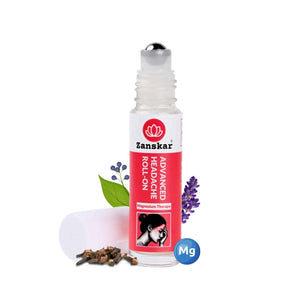
Migraine is a neurological condition that affects more than 15 crore people in India, according to the GBD 2019 study. Migraine can cause severe pain and interfere with your daily activities.
Pre-migraine is one of the four stages of a migraine attack. Pre-migraine symptoms may occur before a migraine attack begins. And if you can recognize the pre-migraine stage, you may be able to take steps to avoid a painful migraine attack.
Migraines often unfold in four distinct stages. The first is the pre-migraine stage, also known as the prodrome or premonitory phase. This early phase includes a variety of symptoms that signal a migraine attack is on its way, potentially starting anywhere from a few hours to several days before the headache begins.
It’s important to note that the pre-migraine doesn’t occur before every migraine, and symptoms can vary from person to person. However, recognizing your own pre-migraine signs can help you take steps to reduce the severity or even prevent the full attack.
Common symptoms include:
- Mood changes – Feeling anxious, irritable, or depressed without a clear reason.
- Muscle stiffness or pain – Especially in the neck and shoulders.
- Food cravings – Often for sweets or carbs.
- Difficulty concentrating – Feeling mentally foggy or easily distracted.
- Fatigue – Unusual tiredness even after adequate rest.
- Frequent yawning – Excessive yawning throughout the day.
- Digestive issues – Such as constipation or diarrhea.
- Increased urination – Needing to use the bathroom more often.
- Sensitivity to light and sound – Becoming more easily disturbed by bright lights or loud noises.
What to Do If You Notice Pre-Migraine Symptoms
If you identify these early warning signs, it’s a good time to take preventive action. A healthcare provider can work with you to create a personalized pre-migraine management plan that may help stop the migraine from progressing or lessen its impact.
- Take pain relief early: Using pain relievers at the first sign of symptoms may help stop the migraine from progressing. Over-the-counter (OTC) options like Zanskar Bio-active Rollon can be effective, or you may have prescription medications from your doctor.
- Avoid known triggers: Migraine triggers vary from person to person, but common ones include stress, certain foods, and lack of sleep. When you notice early symptoms, take extra care to avoid anything that typically brings on your migraines.
- Prioritize rest and relaxation: Resting can help your body resist the onset of a full-blown attack. Try to nap, go to bed early, or practice calming techniques like deep breathing, meditation, or gentle yoga.
- Retreat to a quiet, dark space: Bright lights, loud noises, and overstimulation can make symptoms worse. Find a peaceful, dark room where you can unwind.
- Take a warm shower or bath: Warm water can help relax tense muscles, especially in the neck and shoulders. You might also find relief with a warm compress.
- Use ice packs for comfort: Applying a cold pack to your head or neck can help numb discomfort and make it easier to rest.
- Have a small dose of caffeine: A modest amount of caffeine—like one cup of coffee or a small soda—can help ease migraine symptoms and may boost the effectiveness of some pain relievers. Just be cautious not to overdo it, as too much caffeine can cause rebound headaches or disrupt your sleep.
- Try Meditation and Yoga: Yoga is not a quick fix, but with regular and mindful practice, it offers a sustainable and drug-free way to manage migraines.
Aside from the pre-migraine stage, migraine involves three other stages. Not everyone will experience every stage during every migraine attack.
1. Aura stage
About 33% of people with migraine experience aura. If you experience aura, it will usually occur about an hour before a migraine attack.
Aura symptoms can vary but often include blurry vision, flashing lights in your vision, visual hallucinations, vision loss, numbness, dizziness, and changes in hearing and speech.
2. Headache or attack stage
During the headache stage, you’ll typically experience moderate to severe pain that’s concentrated on one side of your head. The pain is often throbbing and can become more severe when you move.
The attack stage can last anywhere from a few hours to 3 days and also includes migraine symptoms such as nausea, vomiting, trouble sleeping, and sensitivity to light, sound, and smells.
3. Postdrome or resolution stage
This stage occurs once the migraine attack has faded and can last for a few hours to a few days. Symptoms at this stage often include feeling drained, fatigued, dizzy, and achy. It’s best to continue to avoid triggers and rest as much as you need during this stage.
The pre-migraine stage can start anywhere from a few days to a few hours before you have a migraine attack. Symptoms can vary but often include:
- confusion
- fatigue
- more frequent urination
- sensitivity to light and sound
- mood changes
- neck pain
- food cravings
Learning to recognize your pre-migraine symptoms can help you manage migraine and possibly avoid an attack. Talk with a doctor if you’re having migraine attacks frequently. They can help you identify your pre-migraine symptoms and the steps you can take during pre-migraine to avoid an attack.
Learn More About Zanskar Health
If you have joint pain, muscle pain or headaches that makes it hard to move, Zanskar offers the most advanced full stack pain relief solutions for you.
Now available to purchase, Zanskar® pain-care range have unique bio-active formulations. It provides lasting relief from muscle and joint discomfort that you can feel good about. Get your fix before stocks run out - buy now.
You can also gain access to therapeutic exercises and stretches for your condition by downloading the Zanskar Health physiotherapy mobile app. Additionally, you’ll have a personal care team to guide, support, and tailor our program to you, including behavioral and nutritional coaching.
Download our mobile app here 👉 download and track your exercise streak.
Medical Review: This article is written and medically reviewed by Dr Nishtha Mittal (Senior Health Content Editor at Zanskar Health). This article and its contents are provided for educational and informational purposes only and do not constitute medical advice or professional services specific to you or your medical condition.


